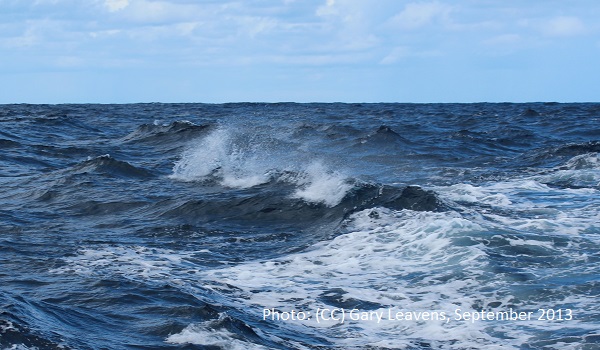Lethal shipwrecks between 23-29 October claimed more than 230 deaths. Within just two days more than 500 people were rescued and returned to Mauritania. Over 11,200 people arrived to the Canary Islands in 2020, almost half of them within the past month. The conditions in the islands remain miserable with authorities not being adequately prepared and COVID-19 risk exacerbating the situation. The High Prosecutor’s Office of the Canary Islands has prohibited the separation of children from their mothers.
At least 140 lives are feared to be lost on October 23 about 80 km off the Senegalese coast. Several explosions erupted on the boat that was heading to the Canary Islands after the engine broke down and gasoline canisters caught fire. 59 survivors were rescued by Senegalese navy and other ships in the area and returned to Dakar.
In a different incident in the night of 25 October, dozens of people went missing when a Senegalese navy ship collided with a boat heading to the Canary Islands. The navy ship had tried to stop the boat shortly after it had set sail, leading to the accident. 39 people were rescued by the navy ship and Spanish coastguard and returned to the coast. According to a survivor, the boat had carried a total of 80 passengers of whom the majority are presumably dead.
On 29 October, the NGO hotline Alarmphone reports that yet another boat sank off the Mauritanian coast and 50 lives are feared to be lost. This amounts to about 230 people who have lost their lives on their way to the Canary Islands within the past seven days. 414 people are known to have died along this route in 2020.
Within only two days more than 500 people suffered shipwreck in the Mauritanian SAR zone. On 26 October, a Spanish fishing vessel rescued 215 people adrift 195 km south of Nuadibu after their boat’s engine had stopped working. The same day, the Mauritanian coastguard rescued 160 people in distress. Two passengers drowned and their bodies later washed ashore in Chami. On October 27, Mauritanian navy rescued 134 people who had alerted a close-by fishing vessel and brought them to Nuadibu. All survivors will be expelled to Senegal from where they set sail.
More than 2,600 people have arrived in the Canary Islands within the week of October 17. Of about 11,260 people who arrived this year, almost half have disembarked within the past month. Arrivals have not been this high since 2007. A new development is that women and children are amongst those arriving.
The conditions in the islands remain critical with authorities not being adequately prepared and COVID-19 risk exacerbating the situation. The lack of accommodation capacity for the first 72 hours upon arrival, during which registration and health checks are carried out and people await their COVID-19 test results, continues. As reported on October 28, several hundred people have been transferred from Arguineguín pier but 639 people remain in poor conditions at the pier. Earlier this week, video footage displayed how rats were roaming in the provisional camp among people sleeping on the ground without protection. Onalia Bueno, mayor of the Gran Canarian city of Mogán, has filed a complaint against the Spanish government for failing to assume its responsibilities in regard to the precarious conditions at the Arguineguín pier amounting to human rights violations of those arriving. She also demanded the immediate dismantling of what she called “pier of shame” (muelle de la vergüenza).
As of October 28, the High Prosecutor’s Office of the Canary Islands has prohibited the separation of children from their mothers while DNA tests are carried out to prove their kinship. Instead, three centres with one hundred places have been established to accommodate mothers arriving with their children. Last week, five young children were finally reunited with their mothers after months of separation. While the procedure of separation had been introduced as a precautionary measure to prevent human trafficking, it resulted in severe suffering among both mothers and children.
For further information:
- ECRE, Atlantic Route: Arrivals in Canary Islands Continue to Rise, more than 1,000 People Cramped at Arguineguín Pier, Children Separated from their Parents for Months in Order to Prove Kinship, October 2020
- ECRE, Spain: Exponential Increase in Arrivals in the Canary Islands, Capacity Stretched, Intense Rescue Activity in Spanish Waters, October 2020
- ECRE, Spain: Surge in Arrivals via the Atlantic Route, Devastating Conditions in Melilla Continue, People Rescued South of Granada, September 2020
- AIDA, AIDA 2019 update: Spain*, April 2020
- ECRE, Op-ed: Cooperation with Morocco in the EU’s African Border – a laboratory of externalization, January 2018
Photo: (CC) Gary Leavens, September 2013
This article appeared in the ECRE Weekly Bulletin. You can subscribe to the Weekly Bulletin here.

